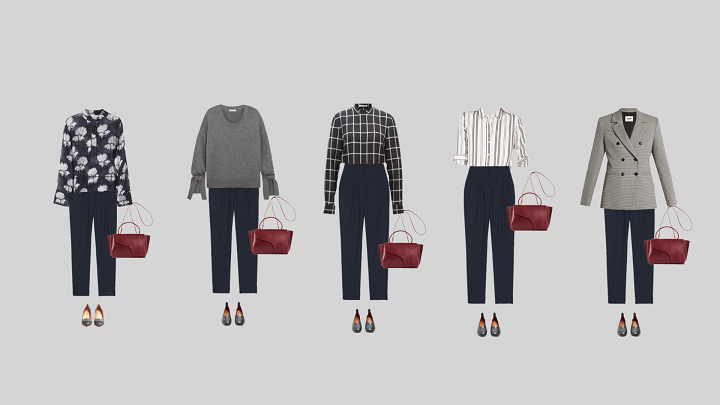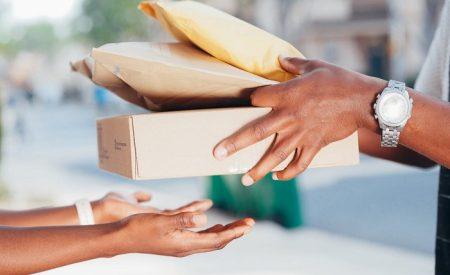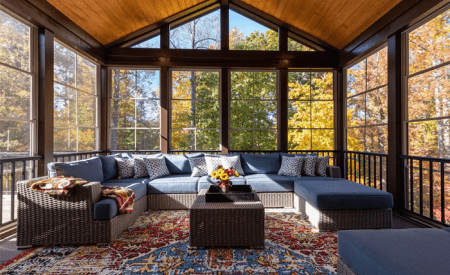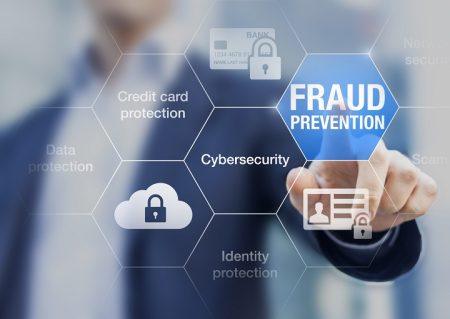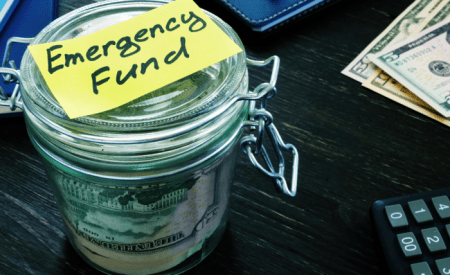Understanding the Business Casual Dress Code
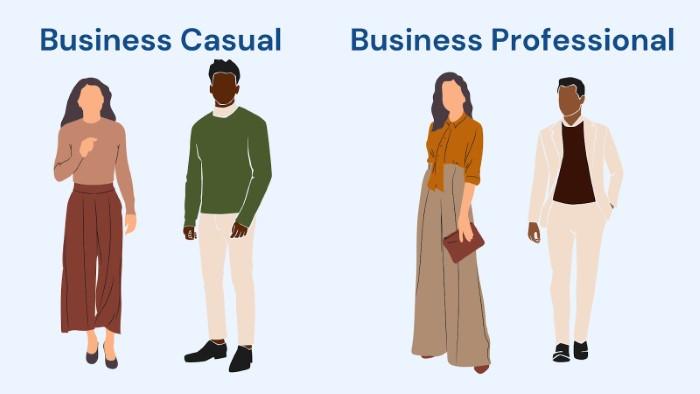
What Does “Business Casual” Mean?
The term “business casual” refers to a style of dress that combines elements of professional attire with more relaxed and comfortable pieces. It’s a middle ground between formal business wear and casual clothing. The goal is to look polished and professional while allowing for a bit more personality and comfort in your outfit choices.
For women, business casual might include tailored pants, skirts, blouses, blazers, and professional-looking dresses. It’s important to remember that the definition of business casual can vary depending on the company, industry, and even the geographic location.
Why Business Casual?
Business casual attire is often adopted by companies that want to create a professional yet relaxed work environment. It encourages employees to feel comfortable while maintaining a level of professionalism that’s appropriate for the workplace. It also allows for personal expression without compromising the integrity of the professional setting.
In an age where remote work and hybrid environments are becoming more prevalent, business casual has become a go-to dress code that balances the need for both functionality and formality.
Key Components of Business Casual for Women
Let’s break down the essential pieces that make up a business casual wardrobe for women:
Tops
Business casual tops can range from blouses and button-up shirts to sweaters and tunics. The key is to keep the top professional while introducing subtle elements of personal style. Here are some options:
- Blouses: Opt for structured or flowy blouses in neutral or solid colors. Patterns like stripes or small florals are also acceptable, as long as they aren’t too bold.
- Button-Up Shirts: A crisp white or light-colored button-up shirt is a classic choice for business casual. It pairs well with tailored pants or skirts and can easily be layered with blazers or cardigans.
- Sweaters and Cardigans: A fitted sweater or cardigan can be a great way to add comfort to your look. Stick to solid colors or understated patterns.
Avoid overly revealing tops like low-cut blouses or spaghetti straps, and stay away from T-shirts or overly casual tops.
Bottoms
When it comes to bottoms, women have a range of options that fit within the business casual framework:
- Tailored Pants: Well-fitted, tailored pants are a staple of business casual attire. Neutral tones such as black, navy, or beige work best. Avoid overly tight or baggy pants, and stick to mid- or high-rise styles.
- Skirts: Pencil skirts, A-line skirts, or midi skirts are all acceptable options for business casual wear. The length should generally be at or below the knee, and the fit should be comfortable without being too tight.
- Dressy Chinos or Khakis: Some workplaces allow chinos or khakis as part of the business casual dress code. Ensure they are well-tailored and ironed, and pair them with professional tops and shoes.
Denim, leggings, or overly casual fabrics like spandex are not considered business casual, even in more relaxed office environments.
Dresses
Dresses can be a versatile option for business casual attire, offering a polished look that requires minimal coordination.
- Shift Dresses: These are simple, straight dresses that are typically knee-length and offer a comfortable yet professional look.
- Wrap Dresses: Wrap dresses can be flattering for many body types and offer a feminine touch while remaining professional.
- Sheath Dresses: Sheath dresses are form-fitting but not tight, making them a great choice for business casual outfits.
When choosing a dress, avoid overly bright or flashy colors, and ensure that the hemline is appropriate for a professional setting (around knee-length or longer). Sleeveless dresses can be worn, but it’s often a good idea to pair them with a cardigan or blazer.
Blazers and Jackets
A well-tailored blazer or jacket is an essential part of any business casual wardrobe. Blazers instantly elevate any outfit, making even the most casual of tops look polished and professional.
- Classic Blazer: A fitted blazer in a neutral color (black, navy, grey) can be paired with almost anything—pants, skirts, dresses—and instantly makes an outfit business-appropriate.
- Cardigan Blazer: If a traditional blazer feels too stiff, opt for a structured cardigan that gives the same polished appearance while being a bit more comfortable.
Blazers can be worn with dress pants or skirts for a more formal look or paired with tailored chinos or even a dress for a business casual vibe.
Footwear: Balancing Comfort and Style
Shoes are an important part of business casual attire. The key is to find shoes that are comfortable enough to wear throughout the day while still maintaining a professional appearance.
Flats
Flats are a great option for business casual settings, offering both comfort and style. Choose simple, polished flats in leather or suede. Ballet flats, loafers, or pointed-toe flats are all appropriate options.
Heels
Heels can also work in a business casual environment, as long as they are not too high or flashy. A low or mid-height heel (2-3 inches) in a neutral tone is ideal. Classic pumps or block heels are good options for a professional look without sacrificing comfort.
Boots
In cooler months, ankle boots or knee-high boots can be worn in business casual settings. Stick to leather or suede, and avoid overly casual styles like combat boots or heavy hardware.
Accessories and Styling Tips for a Polished Look
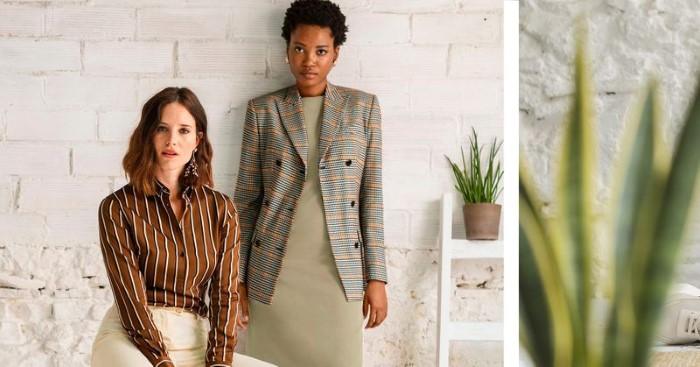
Accessories can add a touch of personality to your business casual outfit, but it’s important to strike the right balance between personal expression and professionalism.
Jewelry
- Keep it Simple: Opt for delicate, minimal jewelry pieces. Small stud earrings, simple bracelets, and classic necklaces are all appropriate.
- Avoid Overdoing It: Statement jewelry should be kept to a minimum. One bold piece, such as a watch or necklace, can work, but don’t wear multiple flashy items at once.
Bags
Your bag is another key part of your outfit. Structured tote bags, satchels, or small leather handbags work well for business casual environments. Avoid overly casual backpacks or large, slouchy bags.
Belts and Scarves
A belt can add structure and definition to your outfit, especially when wearing dresses or high-waisted pants. Scarves are a great way to add a pop of color or pattern to your look while keeping things professional.
What Not to Wear in a Business Casual Setting
While business casual allows for more flexibility than formal business attire, there are still some items that are best left for the weekend:
Avoid Denim
Even though some companies may allow dark or tailored jeans, it’s safer to stick to dress pants or skirts when dressing for business casual. If jeans are acceptable in your workplace, opt for dark, non-ripped styles paired with polished tops.
No Athleisure
Leggings, yoga pants, or any other athleisure wear is not considered business casual, even in more relaxed environments. Stick to tailored pants or skirts for a more polished look.
Skip Graphic Tees or Tank Tops
T-shirts with slogans, logos, or casual tank tops are not appropriate for business casual settings. Opt for blouses, button-ups, or professional sweaters instead.
Seasonal Considerations: Business Casual Throughout the Year
Summer
During warmer months, business casual might include lighter fabrics such as cotton or linen. Short-sleeve blouses or dresses can be acceptable, but it’s always a good idea to have a cardigan or blazer on hand for cooler indoor temperatures.
- Pro Tip: Stick to breathable fabrics and lighter colors, but avoid anything overly casual like flip-flops or sundresses.
Winter
In colder weather, layering becomes essential. Wool skirts, tailored pants, and long-sleeve blouses or sweaters can keep you warm while maintaining a professional appearance. Pair your outfit with a stylish coat or trench for commuting to and from work.
- Pro Tip: Boots, thicker tights, and cozy but professional sweaters can be your best friends in winter.
Business Casual for Different Industries
It’s important to remember that business casual can vary depending on the industry you work in. Here’s a general overview:
- Corporate Settings: Business casual here tends to be more conservative. Stick to tailored pants, skirts, blouses, and blazers. Minimal jewelry and neutral colors are the norm.
- Creative Industries: In more creative fields such as marketing, design, or media, there’s typically more flexibility. You can experiment with colors, patterns, and more fashion-forward pieces while still maintaining professionalism.
- Tech Companies: Tech companies often have a more relaxed interpretation of business casual. Clean, dark jeans may be acceptable, paired with a nice blouse or sweater.
Always pay attention to your company’s specific dress code guidelines, and take note of how colleagues dress to gauge the office culture.
While understanding the components of business casual attire is essential, the most important aspect of any outfit is how it makes you feel. Dressing in a way that balances comfort and professionalism allows you to put your best foot forward in the workplace.
Business casual for women offers plenty of room for personal expression while maintaining a polished and professional appearance. By building a wardrobe with versatile, well-fitted pieces, you’ll be ready to navigate any professional setting with confidence and style.

